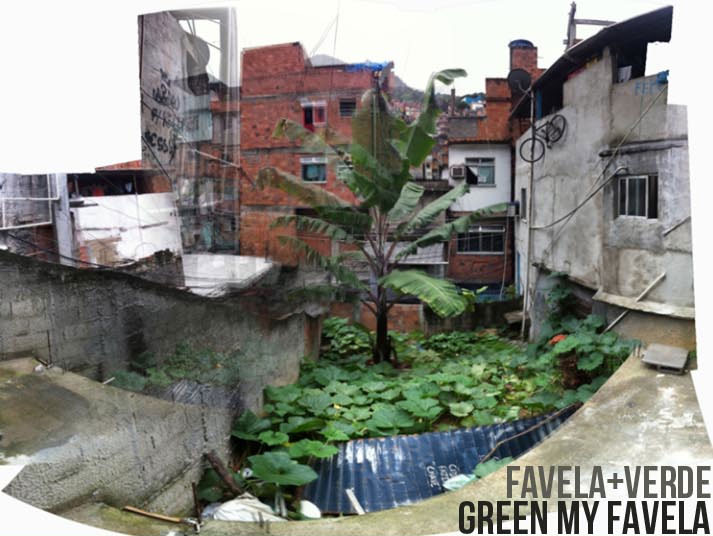Rocinha is one of Brazil’s largest favelas (informal settlements or slum communities) in which approximately 200,000 people occupy less than a square kilometer of space in a dense labyrinth of concrete alleyways that cascade down steep land between two of the wealthiest neighborhoods in Rio de Janeiro.
The informal urbanization of Rocinha is in a constant state of flux. The irregular shaped buildings maximize whatever surface area is available, siphoning services from thick snaking masses of chaotic cabling. There is no centrally planned drainage, water runoff, or sewerage system, though residents have installed makeshift solutions throughout the community. There are few green spaces.
Rocinha is a vibrant community — a city in itself — with an established infrastructure of banks, schools, churches, and community organizations. It is a stable, low-income neighborhood that flourishes in many ways. Classified as a “Class A” favela, it is in reality, a lower middle class community in comparison to the other favelas of Rio. Now in major transition, the remediation of the environmental and social spaces of Rocinha is being welcomed by community residents. State military police now control the favela, having recently displaced the ruling drug faction, however they still present an armed presence through which they assert their dominance. Though the favela has been disarmed, drug trafficking from inside Rocinha continues to make up approximately 30% of the narcotics supply to the city. In addition, there is a 50% functional illiteracy rate in Rocinha, which means hands-on experience is very important to any kind of learning exchange.

